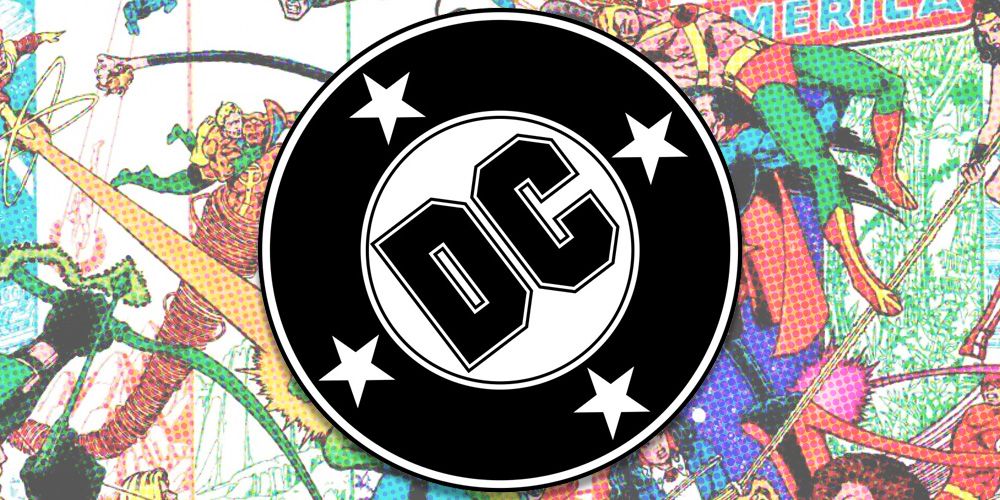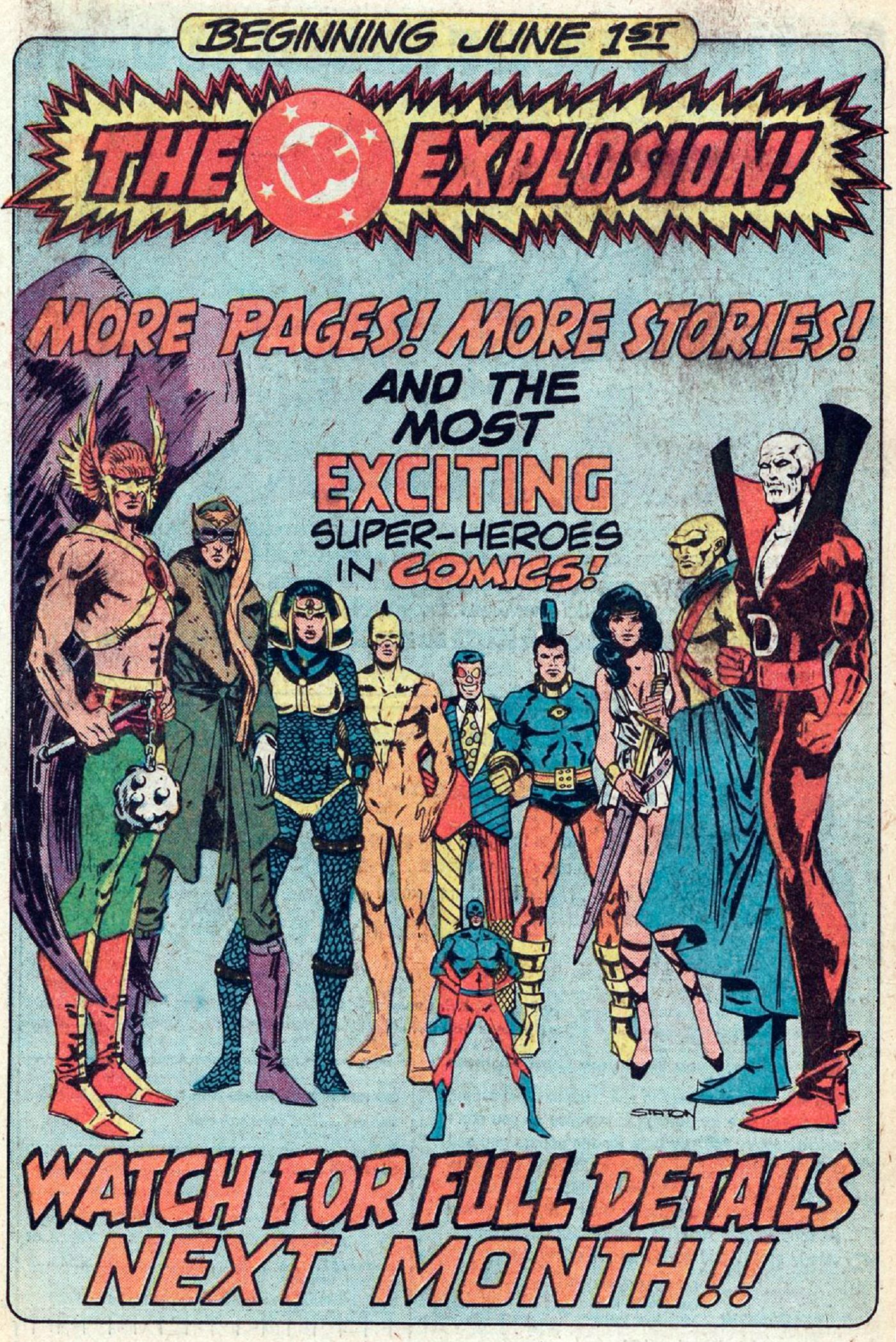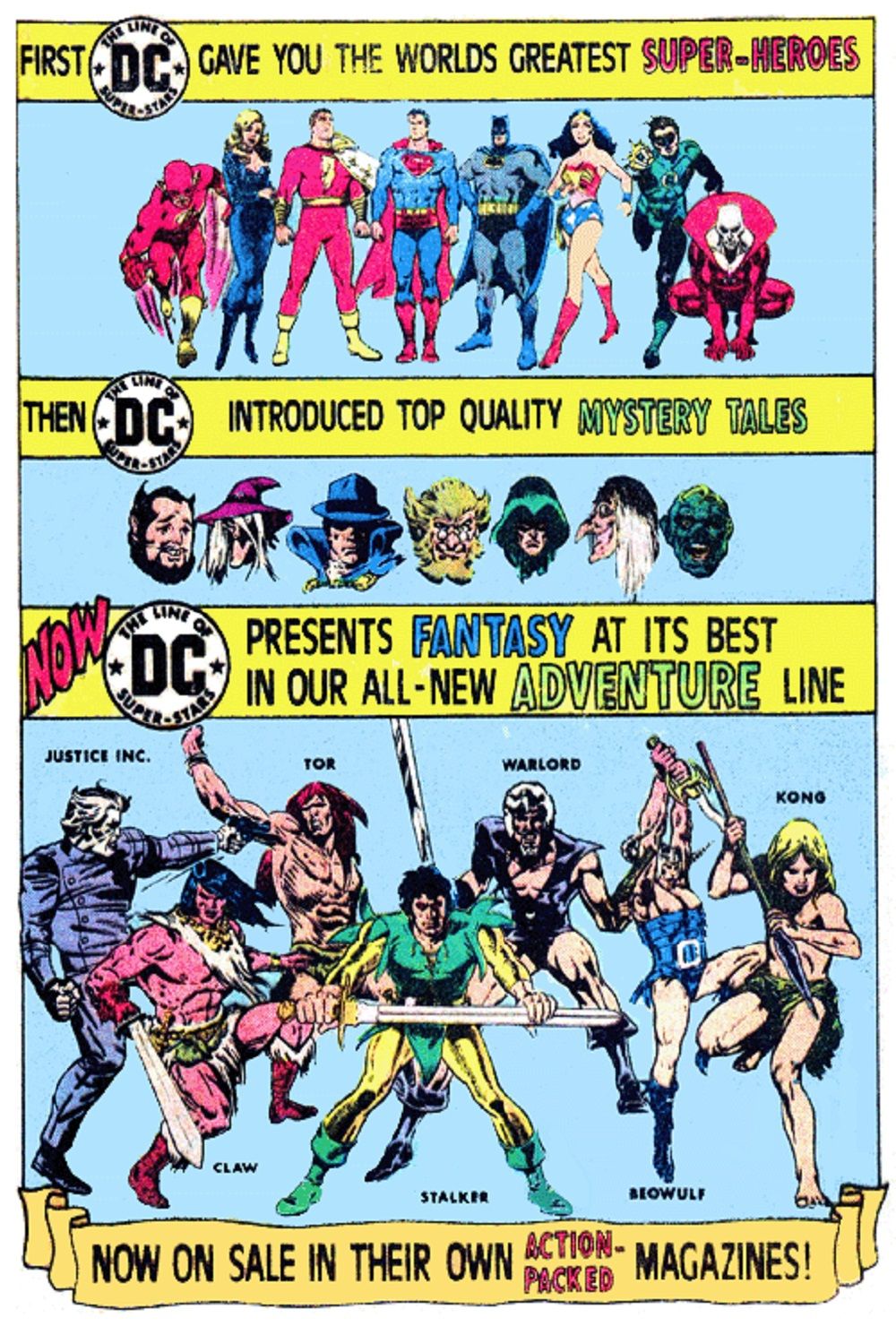The 1970s Bronze Age era of comic book publishing was a time of expansion and experimentation. As a part of this trend, DC Comics tried to integrate social issues into their storylines, most famously in titles such as the Green Arrow/Green Lantern series. Creative teams largely moved away from the campier elements of the prior Silver Age. Another major part of the industry that was changed was comic book distribution networks.
Prior to the 1970s, comic books were distributed at newspaper stands at a low price. This made them accessible to general audiences. However, over time they shifted to a more niche market, gradually became more expensie, and sold at dedicated comic book shops. As a result of this shift, publishers began to expand their lineups to appeal to a narrower readership demographic. This may have contributed to a short-term increase in sales but decidedly led to an implosion at DC Comics.
During the late 1970s, Marvel Comics had a larger market share than DC, in part due to their larger array of titles that spanned a variety of different genres. In an attempt to overtake their competitor, DC planned a marketing campaign dubbed the DC Explosion, in which they would increase the number of titles in their line, as well as the lengths of the books themselves. This would also be accompanied by an overall uptick in price.
DC had been releasing new titles steadily leading up to 1978, adding 14 titles in 1976, and an additional 4 the following year. The Explosion itself was built up in the pages of their books and officially launched on June 1st, 1978, with DC expanding its lineup to 57 books. New titles included Army at War, Battle Classics, and DC Comics Presents. Series that had been canceled recently made a return as well such as Aquaman, New Gods, and Mister Miracle. Prices rose from 35 cents to 50 cents, and dollar comics were introduced as well.
Despite their efforts, however, the DC Explosion was a proven sales failure. Elements outside the company's control such as inflation, increased printing costs, and natural disasters that affected distribution ultimately led to the abrupt ending of the initiative. The event only lasted three months and was followed by widespread cost-cutting, cancellations, and layoffs. Over time, this was referred to as the DC Implosion by outside observers. During this time, it was also supposedly decided that DC's long-running series, Detective Comics, was to be canceled. At the time, it was being outsold by the largely popular series Batman Family. This was overturned, however, and the two books were merged. By the end of 1978, DC had canceled a staggering 31 books.
The canceled series included All Star Comics, Firestorm, and Black Lightning, most of which had only lasted a few issues. Many books were canceled before they made their way to shelves, one of the more notable ones being Vixen, which would have been the first comic to have an African American woman as its lead character. Some stories later made their way into Canceled Comics Cavalcade in 1978, a limited series that saw a number of unpublished stories making their way to print. This ranged from rough sketches to finished material and was mainly done by DC to establish copyright over stories and characters.
In years since DC Comics has seen its lineup expand and shrink many times. One of the more recent instances was the New 52 intiative, which saw fifty two series come out of the publisher in an attempt to reinvigorate sales. Initially met with success, many of the books were canceled relatively quickly in a similar way to what happened over thirty years prior. The event also generated a certain degree of controversy. Some creators were not treated fairly, leading up to the quick departure of legendary artist George Perez and the departure of star writer Gail Simone. The event quickly became convoluted and was replaced by a more successful DC Rebirth initiative. This just goes to show that comic book publishers should heed the past. Quantity rarely triumphs over quality.



